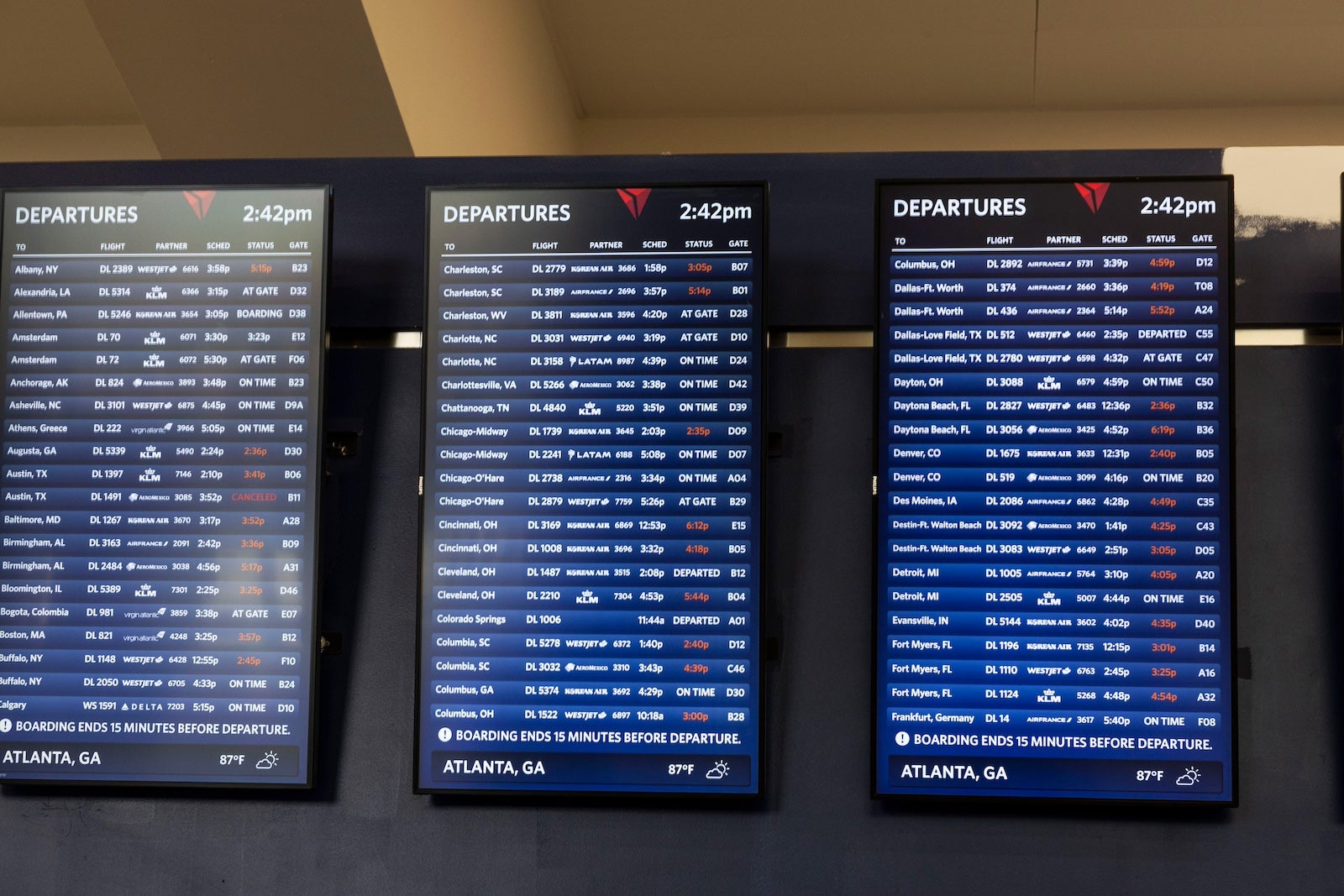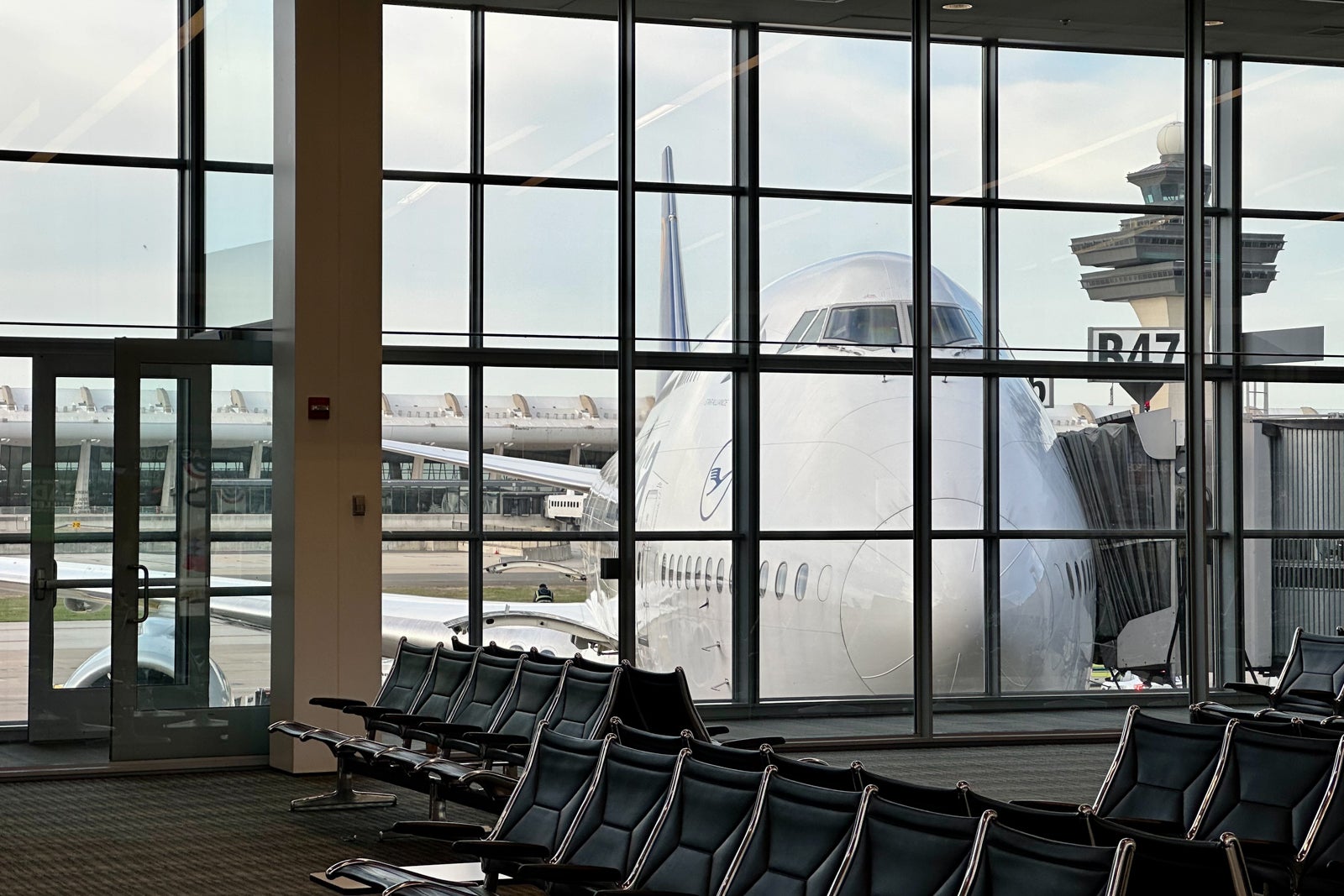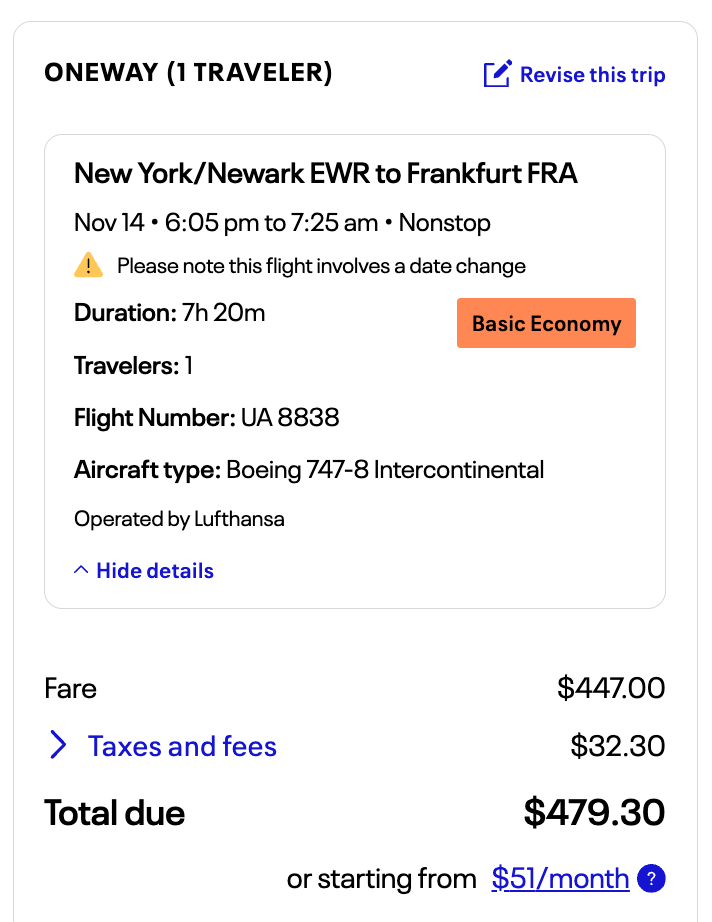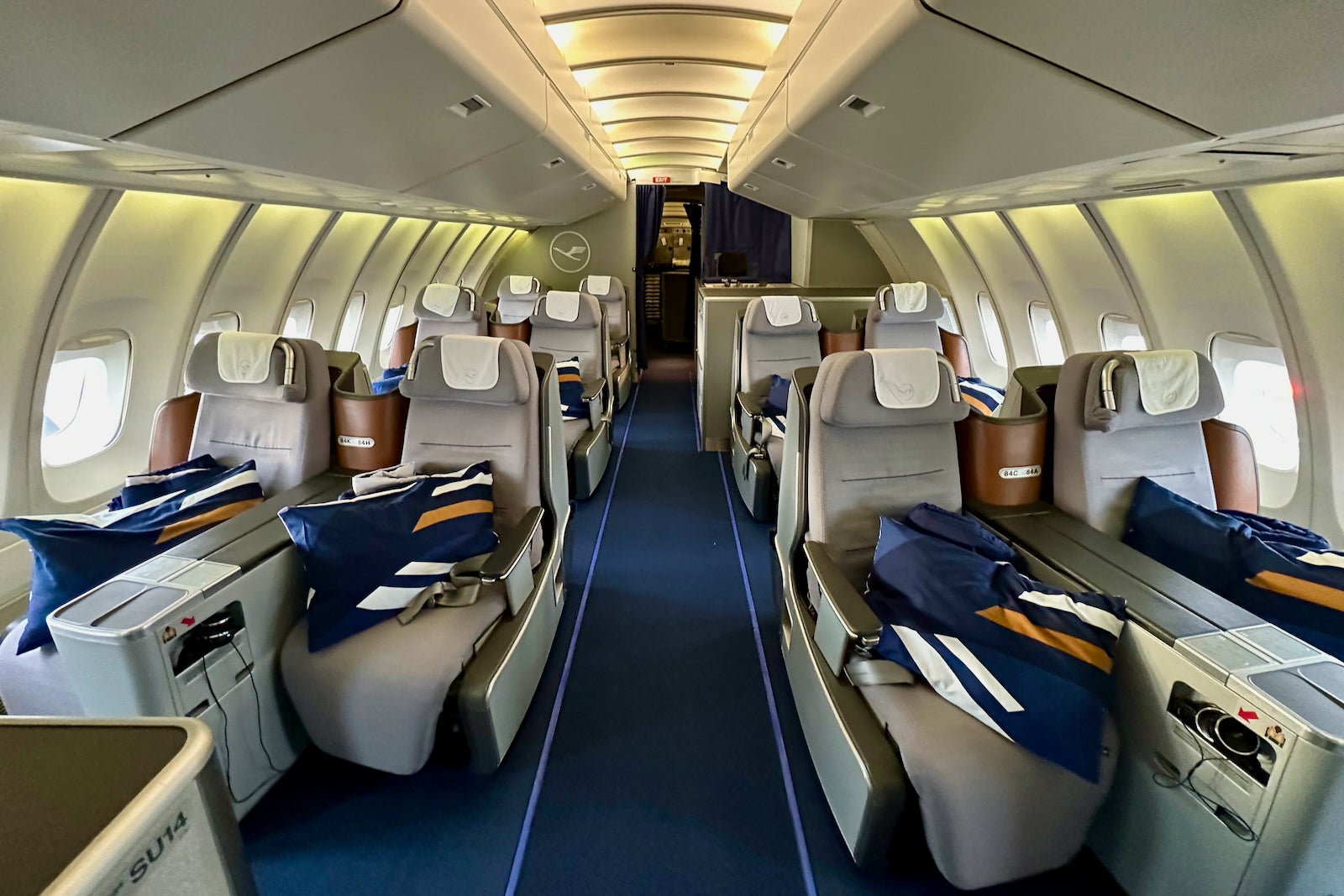You may have checked a departures information screen for your flight and found the correct flight time, destination and departure gate, but the flight number differs from the flight you booked.
You may also have booked a flight on Delta Air Lines’ website with a Delta flight number, but at your gate, it is an Air France or KLM flight.
Why is this? You may be on a codeshare flight.
Here’s what you need to know why codeshare flights exist, and how they affect travelers.
Related: JetBlue and British Airways are planning a codeshare partnership
What are codeshare flights?

Codeshare flights are airline partnerships in which two or more airlines share the same flight. In a codeshare agreement, one airline operates the flight (referred to as the “operating carrier”) while other airlines can market and sell tickets for that same flight under their own airline designator and flight number (they are known as the “marketing carriers”).
You may hear the expression that Airline B is going to “place their code” on some of Airline A’s flights. This means they are commencing a codeshare agreement.
Related: Delta, El Al launch a strategic partnership with frequent flyer perks and more
Why do codeshare agreements exist?
- Passengers have access to a broader network of destinations without booking separate tickets. After all, not every airline can fly everywhere. Airlines may be limited in where they can fly by government policy, aircraft availability or airport slots, or they might be hesitant to launch a route to an untested market. Codeshares are a low-risk way for airlines to offer more flights to their customers and loyalty program members.
- If your favorite airline doesn’t fly to the country you want to travel to, it might still be able to sell you a codeshare flight there, allowing you the convenience and familiarity of booking through your regular airline. You also don’t need to memorize different airline codes — an entire multisegment journey can be ticketed by your favorite airline with a single airline code.
- Passengers can enjoy streamlined booking processes, easier connections and more coordinated services, like check-in and baggage handling. When the operating carrier has a different baggage policy than the marketing carrier, the marketing carrier’s policy usually prevails, as you purchased the flight with the marketing carrier’s flight number.
- Hold elite status benefits with the marketing carrier? You can usually use them on a codeshare flight when you have purchased a flight with the marketing carrier code, noting that codeshare will often be with alliance partner airlines anyway, so you would already receive status benefits. However, some status benefits may not be recognized by the operating airline, such as if you receive space-available upgrades through your status with the marketing airline, especially if the operating airline doesn’t offer the same to its elite members.
- It allows airlines that are not members of the same alliance to offer seamless connections and other partnership benefits. For example, Air Canada operates a codeshare partnership with Emirates and Etihad Airways despite neither of these Middle Eastern airlines being a member of Star Alliance. This partnership allows you to earn and redeem Aeroplan points on Emirates and Etihad flights.
Related: How to redeem Aeroplan points for maximum value
How do codeshare flights work?

You can book a flight from Newark Liberty International Airport (EWR) to Frankfurt Airport (FRA) on United Airlines’ website. The flight has a UA flight number (UA8838), but the booking page notes that Lufthansa operates the flight.
United is a marketing carrier for the flight, while Lufthansa will be the operating carrier. This is an example of a codeshare flight.

You could also book this flight through Lufthansa’s website, where it sells it under its flight code, LH403. While you would still be taking a codeshare flight, you would book the flight through the operating carrier rather than a separate marketing carrier.
This differs from airline to airline, but if you try to check in online (or at the airport) through the marketing carrier’s website or desks, you’ll likely be redirected to the operating airline’s website or check-in desks, as it will take over the responsibility of getting you to your destination.
When you pass through security and look at the departures board to see which gate your flight will depart from, you might see different flight numbers rotating on the board. For example, this Lufthansa flight might show the LH number (as the operating carrier), the UA codeshare number, and perhaps the code of another marketing carrier, say LX (aka Swiss Airlines).
All these codes are for the same flight, just reflecting the different codes it has been marketed and sold under, so all passengers on the flight, regardless of how they booked, will know which gate to board at.

When you board the flight, you might hear an announcement welcoming guests from specific partner airlines — these are likely to be the marketing airlines that sold seats on this flight via a codeshare arrangement.
For travelers, it’s a good idea to note when booking if the flight is a codeshare flight so expectations are set appropriately. This is because different airlines operate different products, from the seats to the food and beverage to the service offered. A ride to Germany on Lufthansa’s “Queen of the Skies” Boeing 747-8 will be quite different from a United flight to Europe.
Related: Is Lufthansa premium economy worth it to Europe?
There isn’t a huge difference among airlines in economy class; even premium economy is relatively standardized across the industry.
However, in business and first class, there can be significant differences among carriers, so it’s worth carefully choosing the operating carrier and paying close attention to the code. American Airlines and Qatar Airways codeshare on flights between the United States and Doha’s Hamad International Airport (DOH), with Qatar Airways operating most services. If you’re booking through American Airlines and have the choice between a flight operated by American and one operated by Qatar Airways, we think Qatar’s Qsuite reigns supreme.
Related: Qatar Airways Qsuite review: Still setting the standard for business class
Speaking of premium economy, not all carriers offer it. If you booked a premium economy itinerary through American that was a combination of American Airlines-operated and Qatar Airways-operated flights, with the latter being codeshare flights with an AA code, since Qatar Airways does not offer a premium economy product, you would be seated in economy class for the Qatar-operated flights.
This could be an unpleasant surprise when boarding.
Bottom line
Codeshare flights are a handy way for airlines to offer more routes, destinations and ticketing options to their passengers, even if they do not fly to the airport you want to travel to.
A great perk is the convenience of booking a multisegment itinerary on several airlines all through one airline’s website, knowing you can rely on your carrier’s ticketing process, baggage policies and elite status benefits.
However, it’s worth ensuring you know the operating carrier of the flight you are booking so you know exactly what to expect when you step on board.
A complex, four-digit flight number is the best indication your flight is a codeshare flight operated by a different carrier than the one you booked it through.


